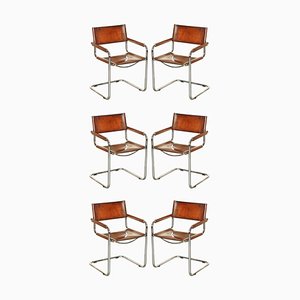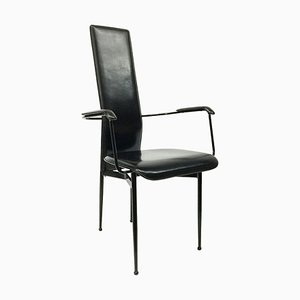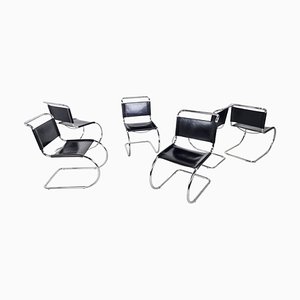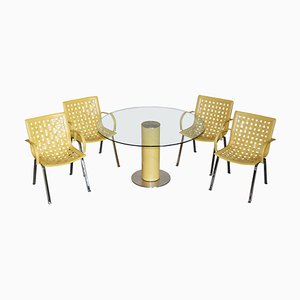
Spanish lighting manufacturer Fase was established in Madrid in 1964 by industrial designer Pedro Martín. Martín sold his self-produced lamps first at markets, before succesfully establishing a factory in Torrejón de Ardoz in the outskirts of Madrid. In the 1970s, Fase was a major player in the the Spanish manufacturing industry, contributing to an economy struggling with oil-shocks and a difficult transition to democracy. Fase sold lighting for more than three decades to 32 different countries, its largest markets in the United Kingdom, France, Italy, Germany, the United Arab Emirates, Japan, Canada, and the United States. Despite Fase’s commercial success, information regarding the company and its history is scarce and sources often contradictory.
Fase’s earliest designs are considered modern, featuring original combinations of metal such as chrome and steel, with marble and wood, in a range of bright colors. The lights also often had the ability to move through a sophisticated ball and socket joint system devised by Fase’s early designers, soon becoming a trademark along with their glass diffusers. Important Fase designs include Boomerang 64, Boomerang 2000, 520, Faro, and President—all of which are thought to have been designed in the 1960s.
From the 1970s, Fase introduced Italian modern and Bauhaus-inspired designs to a Spanish audience who, emerging from the Franco period, were not familiar with the most iconic styles of the 20th century. As well as combining traditional materials such as wood with a modernist aesthetic, Fase created many lamps in a wholly modernist style. Lamps from this period include the Tharsis and Babilonia, both in chrome but with single and double lamps respectively, as well as the Arpón and stainless steel Impala (all 1970s).
Fase’s lighting designers and workers remain mostly anonymous, resulting in many lamps falsely advertised as being produced by the Spanish manufacturer, leading to a whole genre of “Fase-type” lighting, which can be seen in lamps produced by Madrid-based lighting manufacturers Lupela, GEI (Gabinete Estudios Industriales), and Ma-Of. Authentic Fase lamps can be identified by the company’s name or logo which is normally located on the base or plug of the lamp.
In the 1980s, Fase began manufacturing halogen lamps. Although these lamps were highly popular and novel at the time, the break in tradition proved unsuccessful and ultimately contributed to the company’s demise.





